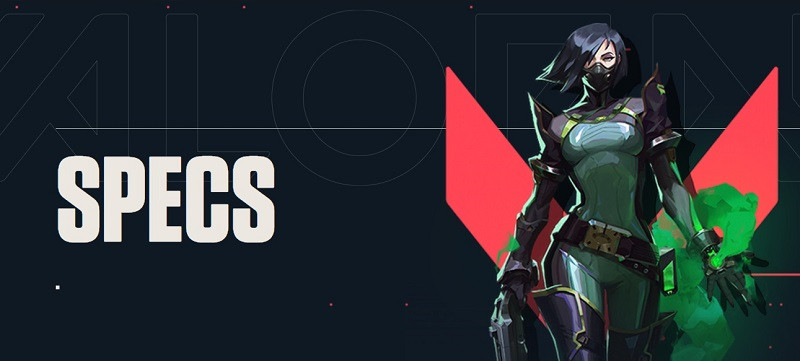Riot Games' tactical shooter, Valorant, launched back in June 2020. As the game continues to get more content, from new Agents to balance changes, some PC gamers might be wondering what the exact Valorant download size and system requirements are (minimum, recommended and high-end).
We've got you covered with the up-to-date Valorant system requirements, and we answer exactly how big Valorant's file size is on PC in 2023.
Valorant System Requirements (Specs)

As a tactical shooter focused on esports, Valorant has very low PC system requirements. This is intentional, making the game available to the most players possible. Below, you can check out the minimum, recommended, and high-end specs, as well as the targetted fps for Valorant.
Valorant Minimum Requirements (30 FPS)
- OS: Windows 7 (64-bit)
- RAM: 4 GB
- VRAM: 1GB
- CPU: AMD Athlon 200 GE / Intel Core 2 Duo E8400
- GPU: Intel HD 4000 / Radeon R5200
Valorant Recommended Requirements (60 FPS)
- OS: Windows 10 (64-bit)
- RAM: 4 GB
- VRAM: 1 GB
- CPU: Intel i3-4150 / AMD Ryzen 3 1200
- GPU: GeForce GT 730 / Radeon R7240
Valorant High-End Requirements (144+ FPS)
- OS: Windows 10 (64-bit)
- RAM: 4 GB
- CPU: Intel i5 9400F (2.9 GHz) / AMD Ryzen 5 2600x
- GPU: GeForce GTX 1050 Ti / AMD Radeon R7370
On Windows 11, your setup also requires TPM 2.0 and UEFI Secure Boot to run. As you can see, a potato PC or low-end gaming laptop should have no problem meeting Valorant's system requirements, and you won't have to clear a lot of HDD space either.
How Big Is The Valorant Download?

First off, the installer is roughly 65 MB, and the anti-cheat is around 200 MB. If you are wondering how big the Valorant download is, then we've got you covered. The actual download/file size of Valorant is around 30 GB at the time of writing.
So there you have it, the full Valorant PC system requirements as well as the game's current download size. While the system requirements should not change, the game's download size surely will as Riot continues to push out updates.

 No ads, our video library,
No ads, our video library,

